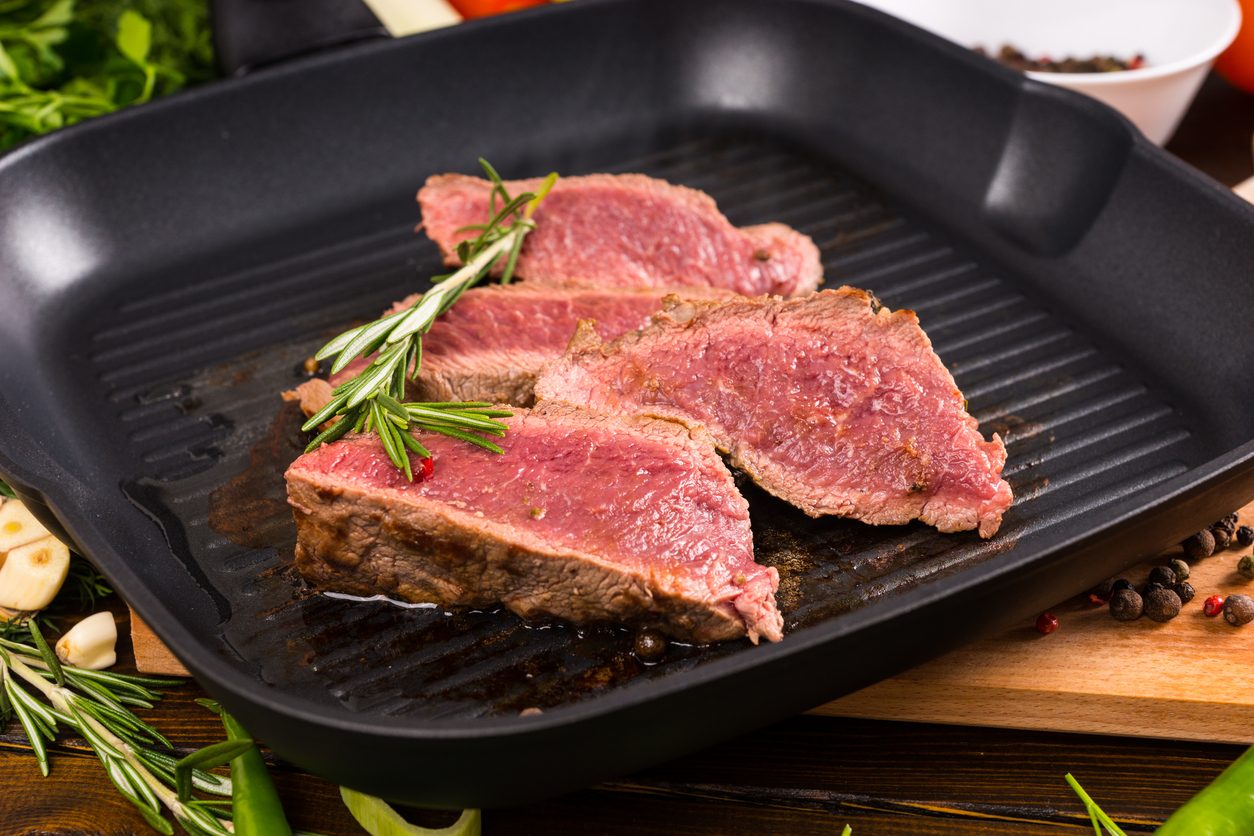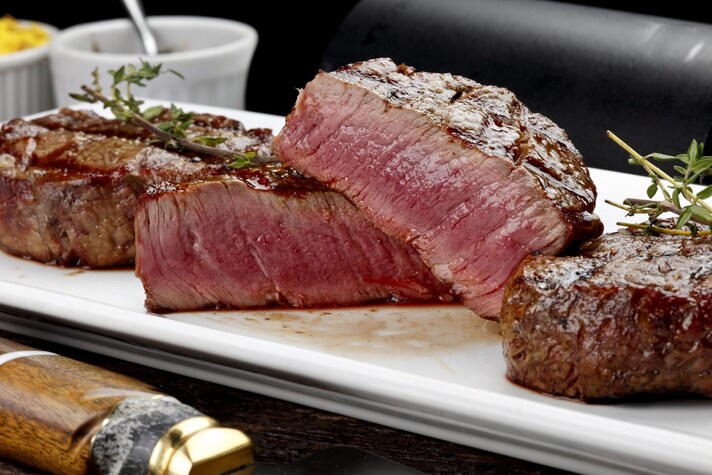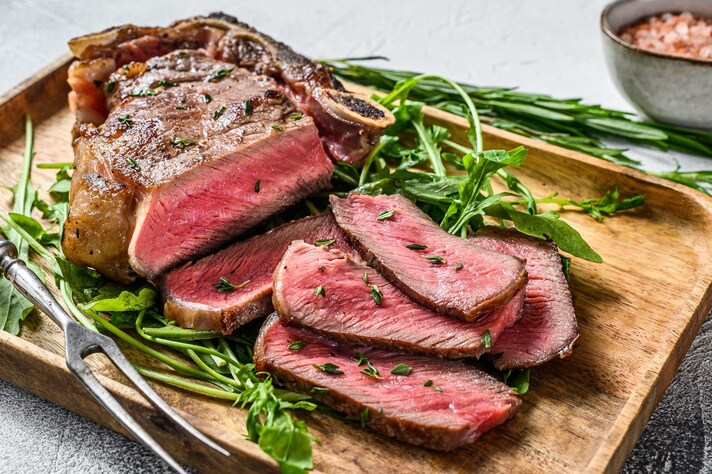What Makes Meat Juicy and Tender?
You get the best taste experience from a meat dish when it is juicy and tender. But, the burning question is, how do you achieve this like a pro? The answer is science and in this, we take a brief journey exploring the science behind juicy and tender meat.
;)
Very little else can beat a steak and potatoes dinner especially when the meat is cooked just right and dripping with the juicy goodness. But, did you know that you don’t have to go to a Michelin star restaurant to enjoy this?
You can achieve perfectly cooked steak at home just by understanding the factors that contribute to such results and how you can enhance these qualities with other ingredients.
What is the secret to juicy and tender meat?
The quality of meat depends on how juicy and tender it is after plating. However, these are determined by the cut of meat you cook and the length of cooking time. Leaner cuts become tougher on cooking while fatty cuts are less so. On the other hand, if you cook meat for longer, it loses its juiciness and also becomes tougher.
Other important factors to consider include the animal’s age at slaughter, presence of connective tissue and brining time.

The chemistry behind tender and juicy meat tender
An easy way to achieve tender and juicy meat is to cook it under the right temperature as this largely influences chemical changes it undergoes during cooking. Here are
Professional chefs especially utilise the Maillard Reaction, a process between amino acids and sugars at high temperatures. This reaction occurs between 140°C to 165°C and it creates complex compounds that douse steak in a rich aroma and the signature browning that can only be achieved through perfect cooking.
What factors make meat tender and juicy?

Remember that the tenderness and juiciness of your steak depends on its fat distribution (marbling). Although you don’t need too much fat, it is essential if you want to achieve a high quality taste profile. Cuts like ribeye are popular because they are rich in marbling and therefore have enhanced taste and texture as the fat melts during cooking.
Similarly, amino acids, the building blocks of proteins, influence the flavours of your steak as they contribute to the umami taste found in meats. Glutamate, an amino acid, is responsible for umami, and variations in amino acid concentrations, influenced by factors like the cut and diet, contribute to the unique flavour of each meat dish.
Therefore, aim to add more spices that augment the umami taste — you can even add them when brining the meat!
;Resize,width=767;)
;Resize,width=712;)


